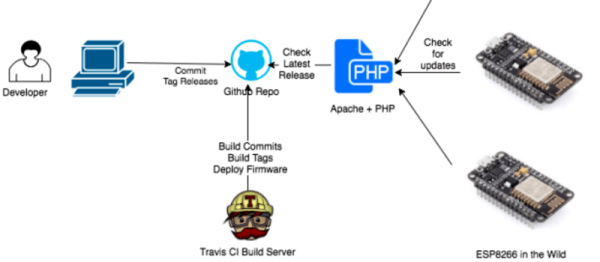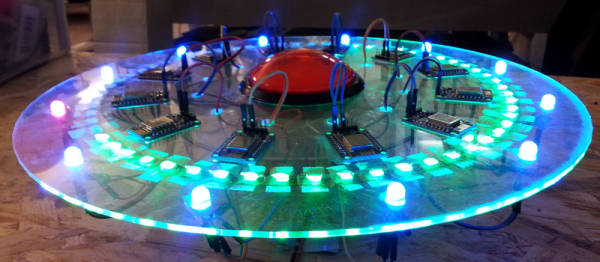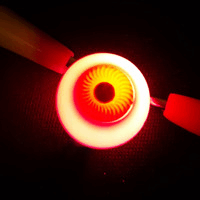You don’t tug on Superman’s cape, and you don’t come between an engineer and his coffee. And really, if all your office has for coffee is a big old BUNN that makes caffeinated trash, you don’t discourage your coworkers from the pursuit of a better brew.
[George] is over at his desk each day treating coffee like the science experiment it is: with a kettle, a Chemex, and a manual coffee grinder. Trouble is, the setup is attracting more and more attention, and [George]’s unpaid side gig as the office barista is starting to wear out his arm. He considered buying an electric grinder just long enough to laugh at the idea, and then went out to the workshop and built this beautifully over-engineered motorized mount for his manual grinder.
The only trouble with motorizing these hand grinders or even driving them with a drill is that many of them have a pentagonal shaft. But that problem was no match for [George] and his file. He soon had his linkage between the 100RPM motor and the grinder shaft and set about building the overly adequate frame.
The whole thing is gorgeous, but we particularly like the gas spring that holds the motor up out of the way while he pours in the beans. [George] probably ought to start a bean fund, if he hasn’t already. That kind of noise followed by the smell of coffee is bound to bring a few more fresh-ground converts into the fold. Grab a fresh cup and grind past the break to see this baby pulverize some beanage.
Not everyone goes for pour over coffee, but there are hacks to be done at all points on the coffee spectrum. Check out [Maya Posch]’s adventures in totally tweaking an espresso machine.
Continue reading “Engineering Overkill Motorizes The Daily Grind”



















